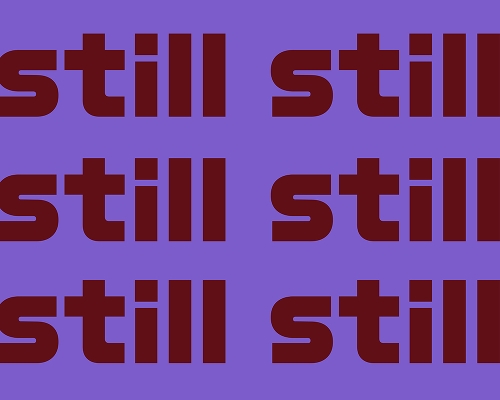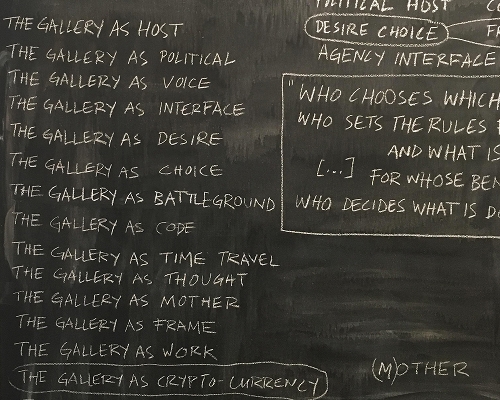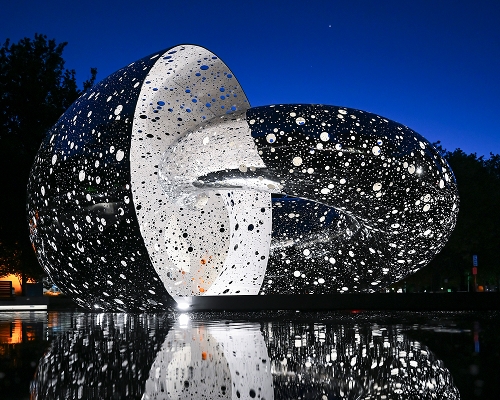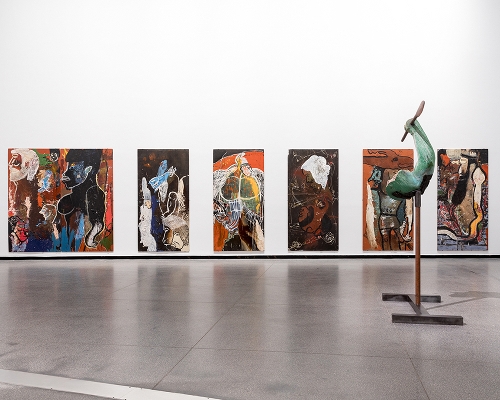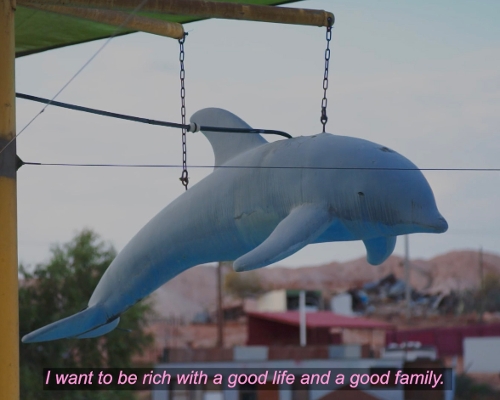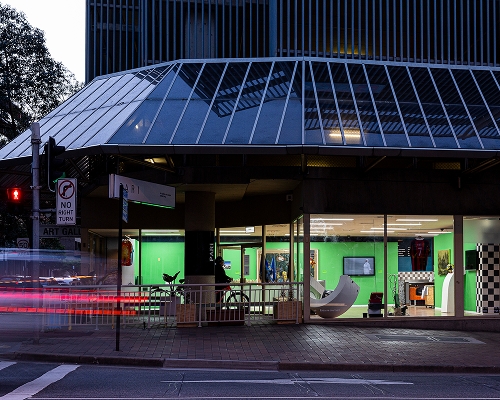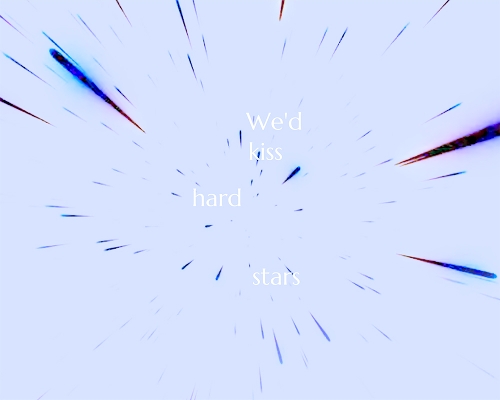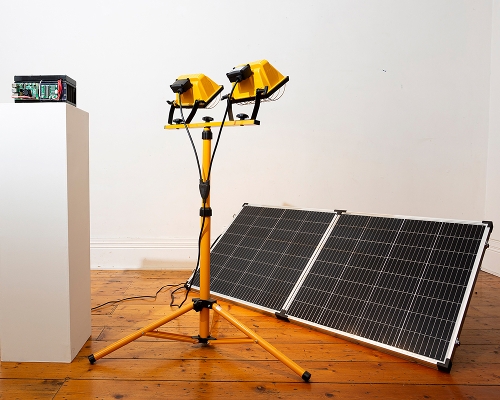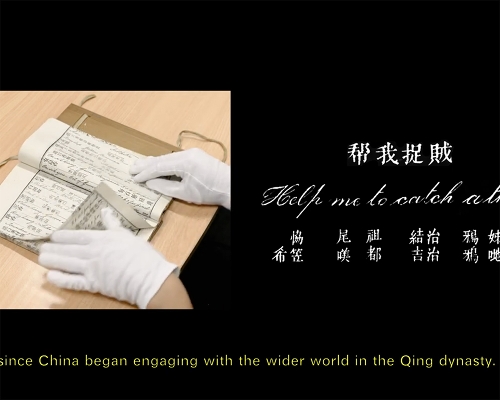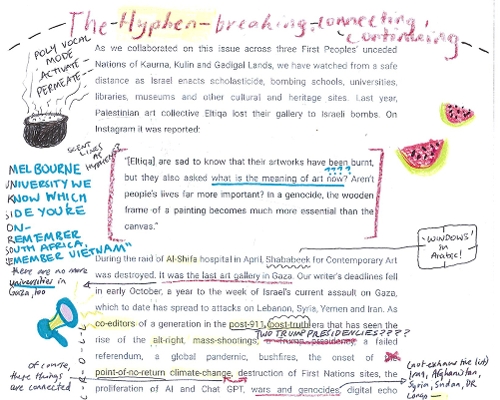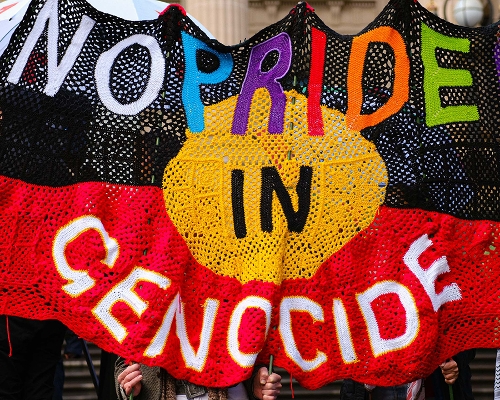
The history of magazines, journals and other print and digital media is littered with obsolete titles and as a small publisher with a collective cultural legacy, the Artlink team are perennially aware of our responsibilities to the past and future. In addition, we are often asked to justify the logic of continuity, with succession planning always on our mind. One thing is certain: Artlink’s life depends on future generations of editors, writers and readers.
New imprints of all types are typically fashioned by young, ardent and mutually invested creative thinkers: they rarely inherit a magazine. Nor was this our intention with Succession, an early working title for this issue. Rather, we were considering ways of bringing the publication, and the experience of shaping an issue, to younger minds and hands. Giving over creative control to first-time guest editors Ava Lacoon, Claire Osborn-Li and Hen Vaughan, the title became Hyphen, an appropriate poeticism for the in-between space of emerging artists and writers yet to find where they will land on complex, unfolding histories, as well as the hyperlinked nature of shaping a magazine across geography and time zones. As managing editors, we were curious to watch subjects and topics unfold. While urgent environmental issues were canvassed earlier this year in Eco-Critical (issue 44:1), and the forking future paths of art were proposed in After AI (issue 43:2), Hyphen took on an interstitial tone, with surprising nostalgia and timely revision. In fact, the guest editorial team was first inspired by Hybrid World (issue 24:2, December 2004) — the wheel turns again.
From Artlink’s perspective, Hyphen doesn’t signal a radical U-turn. We have always published new and emerging writers, many of whom have become leaders in their fields, and guest editors have been a consistent Artlink model. While we oversee and make transparent the editorial and production process, guest editors are responsible for an issue’s theme, and the selection of writers and topics. Indigenous guest editors have taken a principal role as creative directors in regular issues since 2010, and so have an array of individuals with expert knowledge of distinct communities—and generations—active within contemporary art worlds.
This issue is an outcome of Artlink’s partnership with the National Gallery of Australia’s 2024 Young Writers Digital Residency, a biennial program initiated in 2022, led by Jo Higgins. We competitively selected three guest editors from the NGA alumni across both years, and three writers from the 2024 cohort to road test what they had learned. We asked a lot of our guest editors over the course of the four-month mentorship: to collaborate with each other, which always means a level of creative compromise and flexibility; to work closely with us, and with attention to detail in a way that is both intimate and demanding of people’s time; and to reach into their collective networks and ask young and emerging writers to come on board.
The trio have worked assiduously around their other commitments and have been deeply engaged at each step of the process — all for a modest fee. Funding is a perennial issue for small art publishers, and in the deep past guest editors took on the project with no or token financial reward. Artlink still receives generous in-kind donations of writer’s fees from those who are in a position to do so (i.e., employed in related paid roles) — and who are passionate about the importance of writing on contemporary art within a critical space.
Hyphen also marks the first of nine issues generously supported by the Adès Family Foundation, whose commitment to independent writing and publishing is rare and gratefully acknowledged. The Foundation’s focus areas include but are not limited to creative and artistic expression by and with First Nations peoples, disadvantaged youth and children and marginalised groups and individuals, all communities reflected in Artlink’s publishing work and acknowledged in various voices throughout Hyphen. Investing in future generations of art writers and editors provides us all an opportunity to watch their ideas develop in response to a rapidly shifting social, political and, by extension, cultural landscape.

